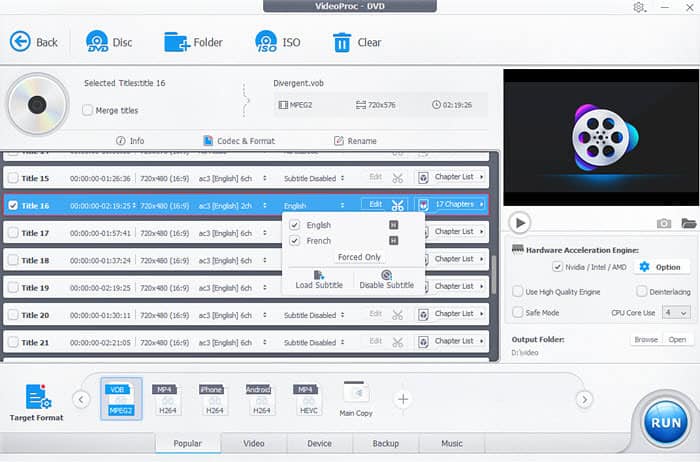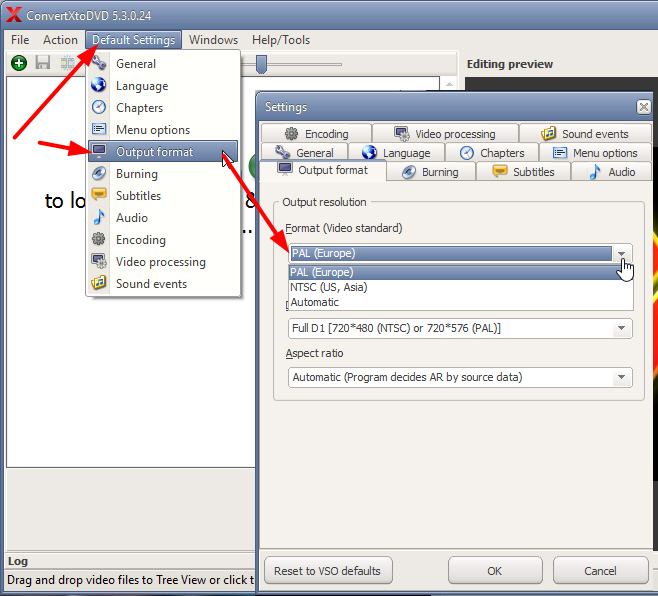

They decide the timings, resolutions and refresh rates.

But you can still find the NTSC or PAL label on the DVD. Modern televisions do not enforce to use the systems. In fact, they are not used in the same way that they were originally designed. PAL, on the other hand, reverses every second line in the signal to enhance the quality.Īs you can see, both NTSC and PAL are old color encoding systems. It means that the video quality will become poor due to bad weather, rough terrain, large buildings and more. When color is encoded with NTSC system, the signal will lose clarity under poor conditions. PAL format was released in the late 1950s to handle with the drawbacks of the NTSC system. Unlike NTSC, PAL is the color encoding system used by DVD players and televisions outside of United State, such as Asia, Oceania, Europe, Africa and parts of South America.

#ENCODE PAL TO NTSC DVD TV#
From then on, this color encoding system was used across the nation and various TV sets. Therefore, the National Television System Committee was released a single standard in 1953 named NTSC. These methods are exclusive and conflicted with each other. PALĪs color television began to replace black and white, companies in America were relying on a number of methods to encode color for broadcasting.
#ENCODE PAL TO NTSC DVD HOW TO#


 0 kommentar(er)
0 kommentar(er)
